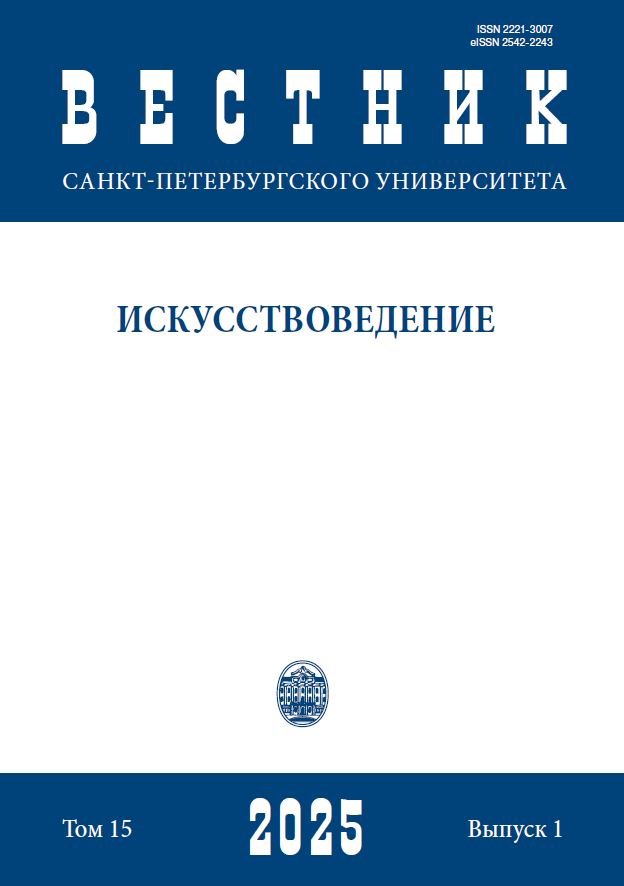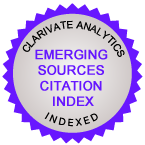The Use of Nanomaterials in the Conservation of Monumental Painting on a Plaster Ground
DOI:
https://doi.org/10.21638/spbu15.2025.105Abstract
The problem of the destruction of paintings on a plaster ground has been the object of research by restorers in Russia since the end of the 19th century. After the negative experience with the use of gypsum and cement as reagents for hardening plaster foundations, lime-based formulations were already used by restorers at the beginning of the 20th century to harden cavities and lags in plaster foundations. Today, lime injection compounds specially developed for restoration purposes are also widely used for this purpose. Destruction of the painting structure is the most serious damage to monumental paintings. It is often caused by abundant exposure to moisture, which activates the process of salt migration in the structure of the painting. While in the past, areas of damaged painting due to leaks were removed together with the plaster base and subsequently recreated in the technique and manner of the author, today restorers are increasingly concerned about the preservation and restoration of salt-damaged paintings. In the last decade, foreign experts have developed innovative effective methods and materials for the restoration of the destroyed structure of painting, as well as combating the main causes of its destruction. The article analyses the problems associated with the destruction of wall paintings, as well as methods of conservation of monumental paintings based on the use of nanomaterials, presents the experience of application of nano-lime on monuments of cultural heritage by foreign restorers. Italian restorers have been investigating the use of nano-lime as a strengthening consolidant for more than 15 years. Over the last few years, master’s students of St. Petersburg State University have studied and tested methods and materials of foreign restorers not previously used in Russian practice.
Keywords:
destruction of painting, salt damage, restoration, nanomaterials, consolidants, nanolime, painting conservation, desalting compress
Downloads
References
Downloads
Published
How to Cite
Issue
Section
License
Articles of "Vestnik of Saint Petersburg University. Arts" are open access distributed under the terms of the License Agreement with Saint Petersburg State University, which permits to the authors unrestricted distribution and self-archiving free of charge.







